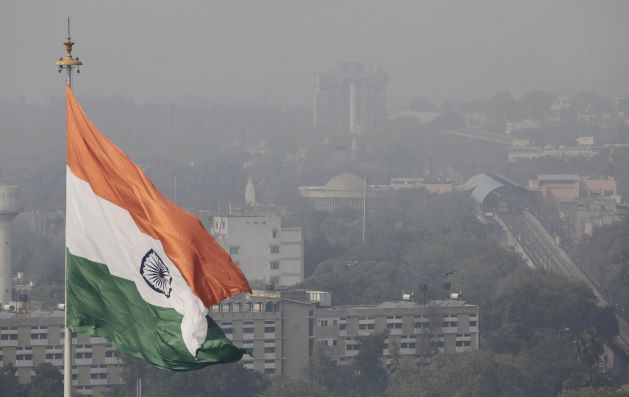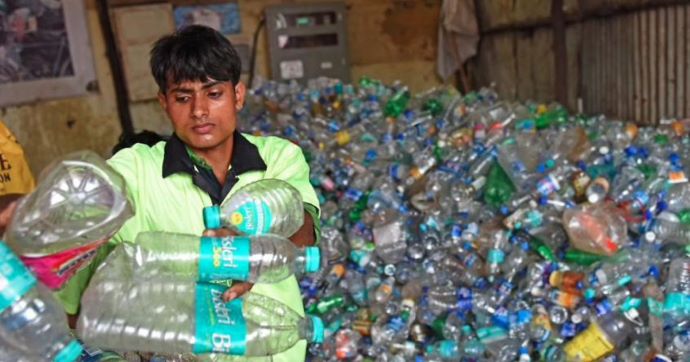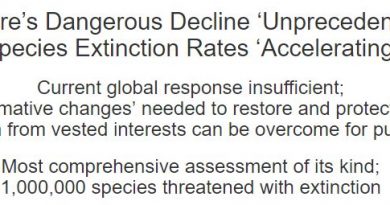Eliminating Biomass Burning Worth 270 Thousand Indian Lives Every Year
 One problem, Many Sources
One problem, Many Sources
India could reduce a major portion of air pollution and save as many as 270,000 lives a year by curbing emissions from dirty household fuels such as wood, dung, coal and kerosene, according to a study led by researchers from IIT Delhi and University of California, Berkeley.
These 2.7 lakh deaths are a significant 13% of the country’s air pollution-related deaths, said researchers, like Sagnik Dey of the Indian Institute of Technology Delhi. “Household fuels are the single biggest source of outdoor air pollution in India,” said Kirk R Smith, a professor at the University of California, Berkeley in the US.
Eliminating emissions from these sources — without any changes to industrial or vehicle emissions — would bring the average outdoor air pollution levels below the country’s air quality standard, the study published in the journal Proceedings of the National Academy of Sciences shows.
“We looked at what would happen if they only cleaned up households, and we came to this counterintuitive result that the whole country would reach national air pollution standards if they did that,” Smith said in a statement.
Unlike the developed world, many rural areas of the world where electricity and gas lines are scarce, the bulk of air pollution originates from burning biomass, such as wood, cow dung or crop residues to cook and heat the home, and from burning kerosene for lighting.
In 2015, India’s average annual air pollution level was 55 micrograms per cubic meter (ug m-3) of fine particulate matter. Levels in New Delhi—by many estimates, the most polluted city in the world—often soared beyond 300 ug m-3. As of early 2016, nearly half of the Indian population was reliant on biomass for household fuel, researchers said.
In addition to generating greenhouse gases like carbon dioxide and methane, these dirty fuels kick out chemicals and other fine particulate matter that can stick in the lungs and trigger a whole host of diseases, including pneumonia, heart disease, stroke, lung cancer and chronic obstructive pulmonary disease.
“There are 3,000 chemicals that have been identified in wood smoke, and taken at a macro level, it is very similar to tobacco smoke,” Smith said.
Complete mitigation of biomass as fuel — which could be achieved through widespread electrification and distribution of clean-burning propane to rural areas — would cut India’s average annual air pollution to 38 micrograms per cubic meter, just below the country’s National Ambient Air Quality Standard of 40 micrograms per cubic meter.
While this is still far above the World Health Organization (WHO) standard of 10 micrograms per cubic meter, it could still have dramatic impacts on the health of the country’s residents, Smith said.
“India has got to do other things to fix air pollution-they’ve got to stop garbage burning, they’ve got to control the power plants, they’ve got to control vehicles and so forth. But they need to recognize the fact that households are very important contributors to outdoor air pollution, too,” Smith said.
In 2016, India instituted a national programme to distribute clean-burning stoves and LPG to 80 million impoverished households, or about 500 million people, researchers said. The rationale behind this programme was to prevent illness due to cooking and heating smoke trapped within the home.
However, Smith hopes the study’s findings will bolster support for reducing outdoor air pollution, as well. Similar programs have been successful in China, where air pollution is now on the decline in 80 cities.
While curbing the use of dirty household fuels will reduce emissions of health-damaging fine particulate matter, it’s not clear what effect the change will have on the emissions of greenhouse gases that cause climate change, researchers added. That’s because both “dirty” fuels, like biomass, and “clean” fuels, like propane, both emit carbon dioxide when burned.
For India, it simply drives home the many opportunities that exit to make an impat, just by following up on intent with real drive, be it the drive to ensure electricity, and clean gas to households, the more the better. It also shows how , due to sheer scale, any such positive move will have implications way beyond direct costs, often cited as a reason for slow progress.








